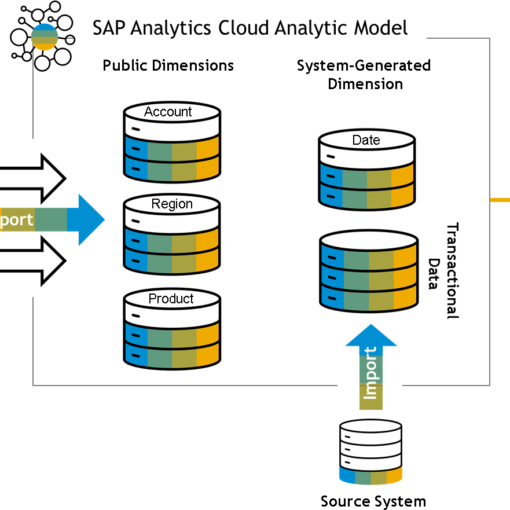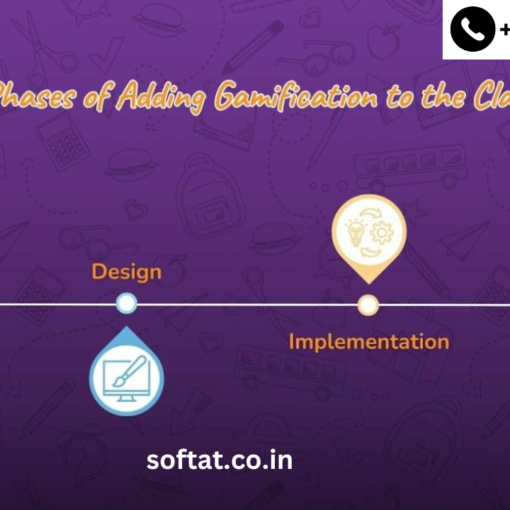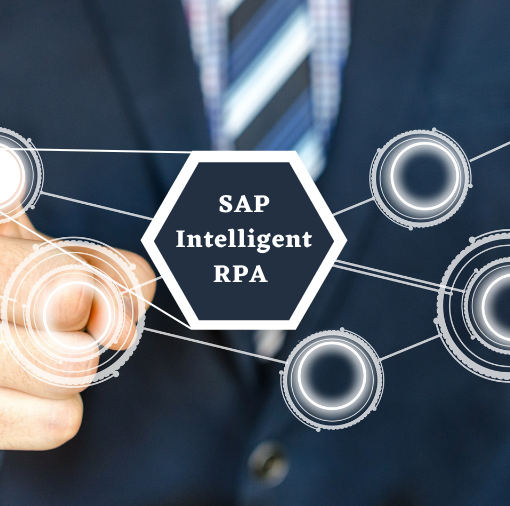The Backbone of Procurement: Unveiling the Vendor Master Table in SAP
In the dynamic world of business, efficient procurement processes are vital for success. At the heart of these processes lies the (LFM) Vendor Master Table in SAP, a comprehensive database that stores critical information about all your organization’s vendors. This blog delves into the intricacies of the Vendor Master Table, exploring its functionalities, benefits, and its role in streamlining your procurement activities within SAP.
Demystifying the Vendor Master Table: A Repository of Essential Data

The Vendor Master Table serves as a centralized repository for all vendor-related information within your SAP system. It encompasses a wide range of data points, categorized into various sub-tables:
- General Data (LFA1): This sub-table stores basic vendor information such as company name, address, contact details, and payment terms.
- Company Code Data (LFB1): Specific details relevant to each company code within your organization are stored here, including purchasing organization, account assignment group, and tax information.
- Purchasing Data (LFM1): This sub-table houses purchasing-specific information, including the purchasing information record number, material group assignment, and incoterms (international commerce terms).
By maintaining accurate and up-to-date vendor data, the Vendor Master Table facilitates a multitude of functionalities within SAP:
- Streamlined Vendor Creation and Management: Effortlessly create new vendor records, update existing information, and manage vendor lifecycles efficiently.
- Simplified Procurement Processes: The Vendor Master Table provides readily available vendor data during purchase order creation, material requisition processing, and invoice verification.
- Enhanced Data Consistency: Standardized data format and centralized storage ensure consistency across all SAP modules that interact with vendor information.
- Improved Reporting and Analysis: Leverage vendor data for generating reports on purchasing activities, vendor performance analysis, and supplier spend optimization.
The Advantages of a Well-Maintained Vendor Master Table: Efficiency and Control
Maintaining a well-organized and accurate Vendor Master Table offers several advantages:
- Reduced Errors: Minimizes errors during procurement processes by ensuring data accuracy and eliminating the need for manual data entry in multiple locations.
- Improved Visibility: Provides a centralized view of all vendor information, fostering transparency and facilitating informed decision-making.
- Enhanced Collaboration: Streamlines communication and collaboration between procurement teams and other departments that interact with vendors.
- Optimized Procurement Costs: Enables better vendor selection, negotiation strategies, and ultimately, cost optimization within the procurement process.
Maintaining the Integrity of Your LFM: Best Practices
To ensure the effectiveness of your Vendor Master Table, consider these best practices:
- Establish Data Governance: Define clear ownership and protocols for data entry, modification, and approval processes.
- Implement Data Quality Checks: Regularly validate data accuracy and completeness to identify and rectify any discrepancies.
- Leverage Data Cleansing Tools: Utilize data cleansing tools to automate data validation and ensure data integrity.
- Promote User Training: Train personnel involved in procurement activities on the importance of accurate data entry and maintenance.
Conclusion: A Foundation for Success
The Vendor Master Table serves as the foundation for efficient and transparent procurement processes within SAP. By understanding its functionalities, maintaining accurate data, and implementing best practices, you can unlock its full potential and ensure a smooth, optimized procurement experience for your organization. Remember, the Vendor Master Table is not a static entity; it requires ongoing maintenance and attention to detail. By nurturing this vital resource, you can empower your procurement activities and contribute to the overall success of your organization.
YOU MAY BE INTERESTED IN:
Why Use SAP INTELLIGENT RPA developer FOR AUTOMATION?




